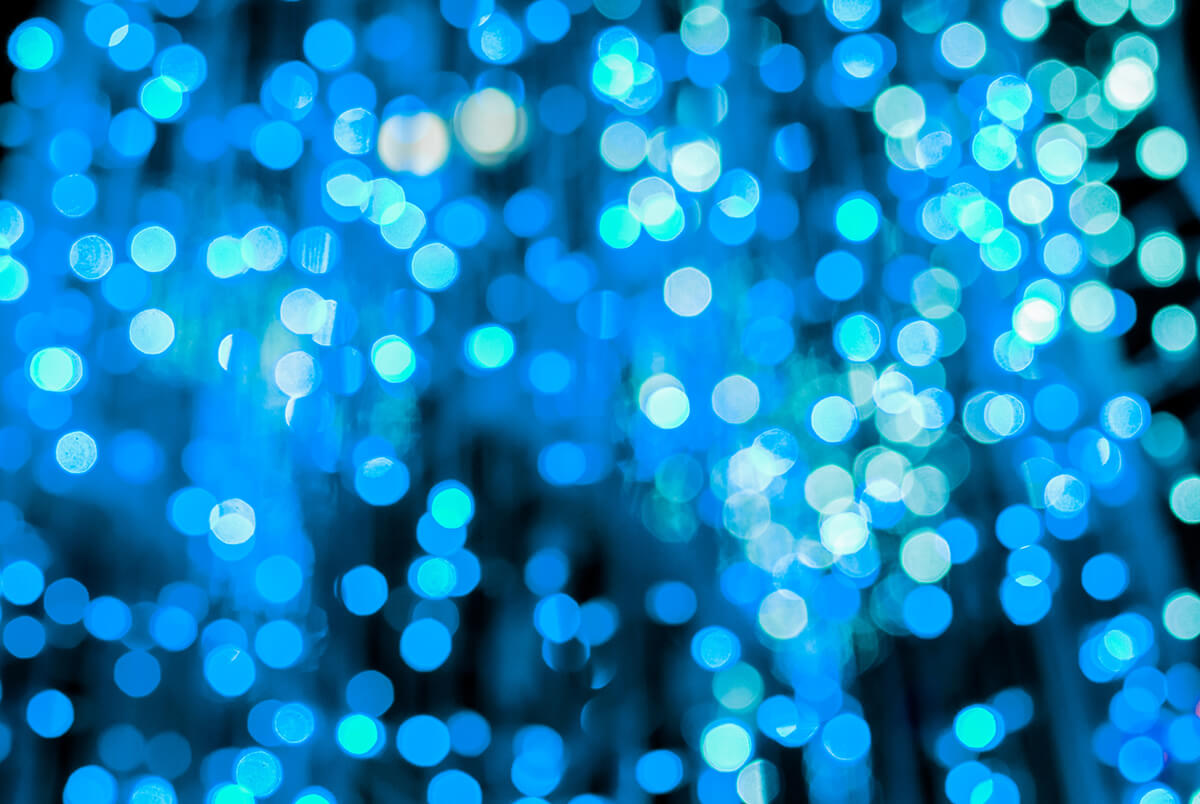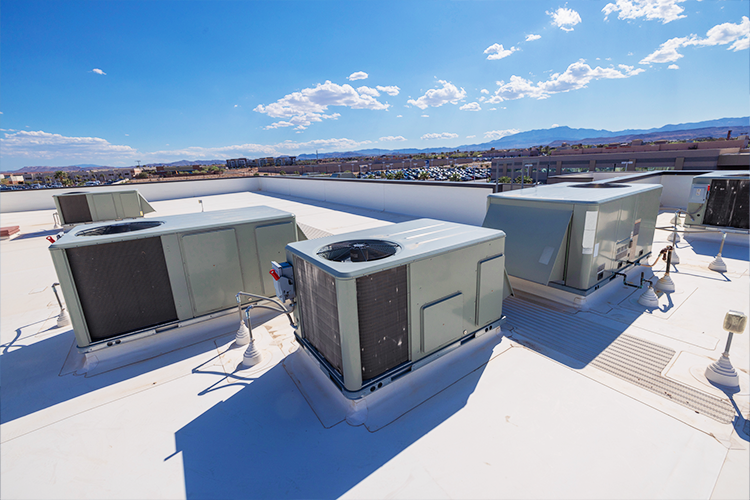The Winter Blues
December 16, 2016
With the holidays rapidly approaching, lighting takes on a festive prominence as we look for ways to illuminate our celebrations.
From Christmas tree lights and Menorah candles that decorate our homes’ interiors, to strings of icicle lights and light-up snowmen that trim the exteriors, we use lighting to enhance the festiveness of the season.
A decade ago, those wanting the long lasting, energy efficiency of LED holiday lighting had only a few options—all of which came with a hefty price tag. And when you plugged that string of lights in, you were temporarily stunned by their unearthly, cold glow.
This year, LED lighting products dominate the shelves of your favorite retailer. Several options with a variety of colors and intensities are yours for the picking, all at significantly lower price points.
Selecting LED lighting solutions for your holiday decorating isn’t a whole lot different than what I do each day as a lighting designer for EMC.
It’s more than just illuminating your surroundings on these dark December days. You’re creating a dynamic lighting solution that uses brightness, light distribution and color to influence how people think and feel when they enter that environment.
Importance of LED Lighting Design
Earlier this year the American Medical Association (AMA) shed unfavorable light on LED lighting technology for use in street lighting, citing, “Discomfort and disability from intense, blue-rich LED lighting can decrease visual acuity and safety, resulting in concerns and creating a road hazard.”
They also expressed concern over the light potentially adversely affecting melatonin at night, which can impact circadian sleep rhythms.
While I don’t refute the AMA’s concerns, I think it points to a greater issue: inadequate lighting design.
Similar to when you bring the cheapest string of holiday LED lights home, only to discover that their cold glow creates more of a Halloween eeriness than a Yuletide warmth, you have to consider the best design for the environment.
I’d venture to bet that the municipalities now facing criticism from its unhappy citizenry focused more on cost than dynamics and design for their retrofit. And why not? Many lighting retrofit vendors were willing to sell them easy, affordable retrofits.
The problem is there is no such thing as an easy exterior LED lighting retrofit.
The two most common street lights municipalities use, Dickins-esque, gas lamp looking acorn post top lighting and cobra head style street lights, can be fitted with retrofit LED lamps. But the new LED solution is much more directional, especially for the acorn toppers, and was almost certainly not designed to be used in that specific fixture. This can lead to “light trespass,” where light shines, unwanted, in places it never did before.
A second issue is that the public has become used to the color of light emitted by the high pressure sodium (orange-ish) and metal halide (neutral white) exterior lights that have become popular over the last decade.
The majority of LED exterior lighting’s cool white color is a noticeable change in aesthetics for people. This dynamic factor is often easier for members of the general public to identify and articulate than issues with intensity and directionality.
Meant to replicate daylight, cool white LEDs, sometimes referred to as "daylight" color, can definitely be used to keep people awake. In fact, when I used to design 24-hour utility operation centers we deliberately used “daylight” fluorescent lamps because the people in that space were working odd shifts, sitting in open areas and looking at large screens. It was an ideal solution for that particular environment. Where the lighting experts have differed from the AMA is the amount of blue saturated light required to cause these effects is far more than LED exterior lighting will provide.
In addition to low price solutions, municipalities who implemented LEDs were also attracted to the fact that cool white LEDs tend to be about 10 percent more efficient than LEDs with warmer tones.
Variety of LED options
Done with care, an LED exterior lighting upgrade can significantly improve light consistency, light trespass and color rendition, and the vast majority of LED exterior fixtures are Dark Sky compliant, meaning all of the lumens are 90 degrees down, not illuminating the sky.
While people on the ground may need to get used to a new color for their exterior lighting, it would be interesting to be in Santa’s sleigh before and after a big city’s exterior lighting retrofit. After switching to LED, I would expect him to see significantly less light pollution.
So, if an outdoor LED lighting retrofit is on your holiday wish list, remember to ask for a solution that is not only low cost but considers design and aesthetics as well.
Tony Johnson is Energy Management Collaborative's Technology Manager. In this role he combines his background in lighting & controls design and solid state light fixture design with his expertise in energy savings to evaluate emerging technologies for EMC customers.


